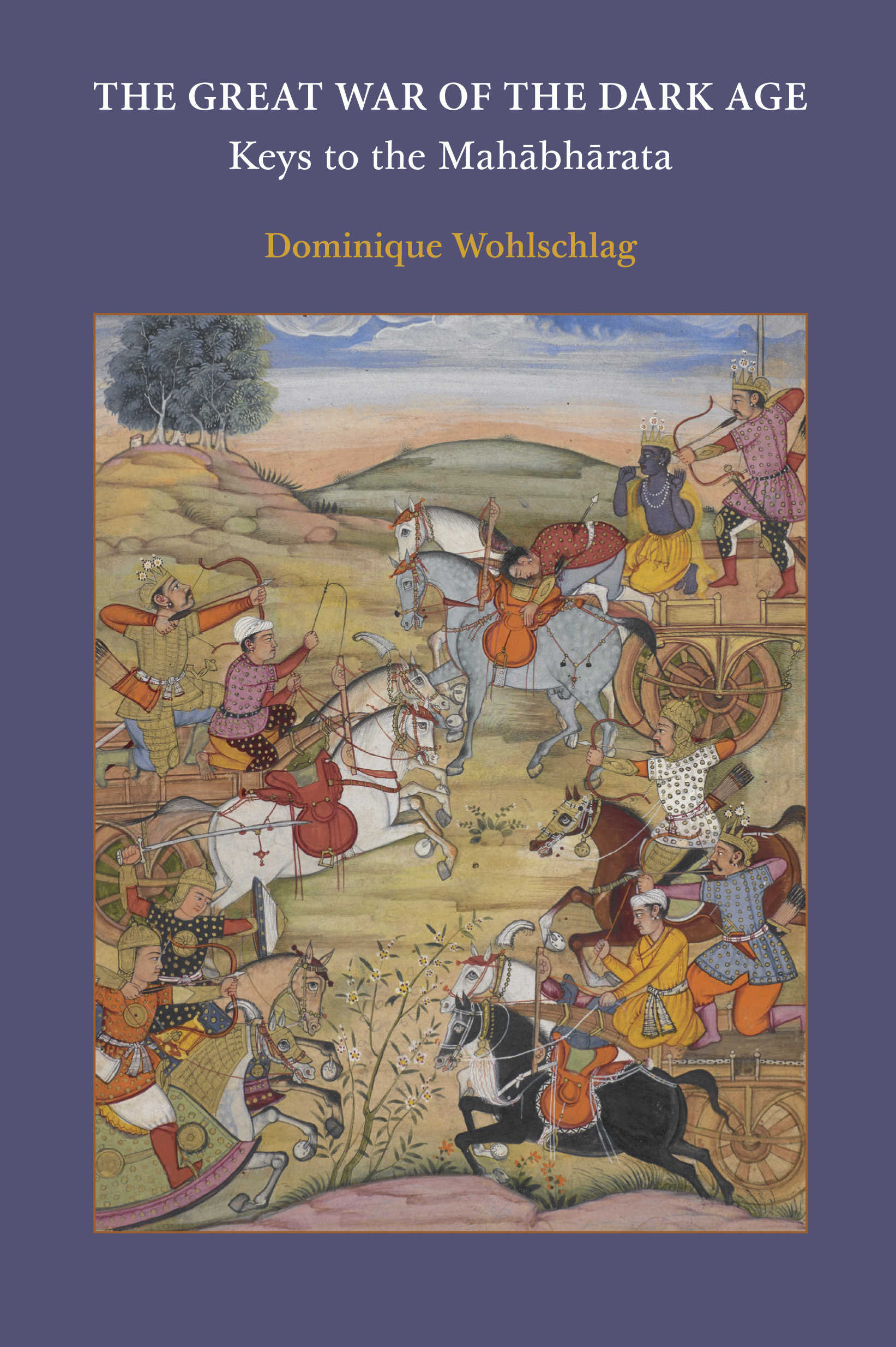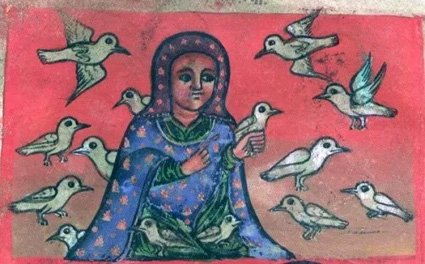We are happy to announce the publication of our latest title, The Great War of the Dark Age: Keys to the Mahabharata.
This collection of essays has something of an introduction to the greatest Indian epic poem, and it has much of a meditation on the universal and deepest themes found through its verses. With a penetrating eye for the nuances and implications of Sanskrit terminology, and for doctrinal and formal analogies in world literature and other faiths, Dominique Wohlschlag has once again succeeded in treating his majestic subject with a light touch, making clear in many ways that “the great war” and the Mahabharata entire are within our souls.
• From the rich tradition of the Ethiopian Tewahedo Orthodox Church, we have a seventeenth century hagiographic poem, the “Portrait of Walatta Petros,” surely one of the most striking applications found in sacred literature of the Biblical principle that the “body is a temple of the Holy Spirit.”
• In his article “Yogic-Sufi Homologies”, Toby Mayer not only brings to light detailed parallels between Kubrawi Sufi and Tibetan Buddhist traditions of self transformation, but above all he draws attention to the presence of a discreet continuum of spiritual practices, from the heart of Asia to the farthest reaches of Sufism on the Atlantic shores.
That the proximity of Indic yogic traditions, but also Turkish shamanistic and Iranian Mazdean cultures, predisposed eastern Sufism… should not be simply viewed as a process of “borrowing”. Rather, the challenge of these competing models perhaps provoked local Sufi teachers to stress and explore possibilities intrinsic to the Islamic tradition itself, possibilities rooted in the Qur’an, early Muslim tradition, dimensions of the Prophet’s own spirituality, and in their own tested experience as Muslim mystics.





